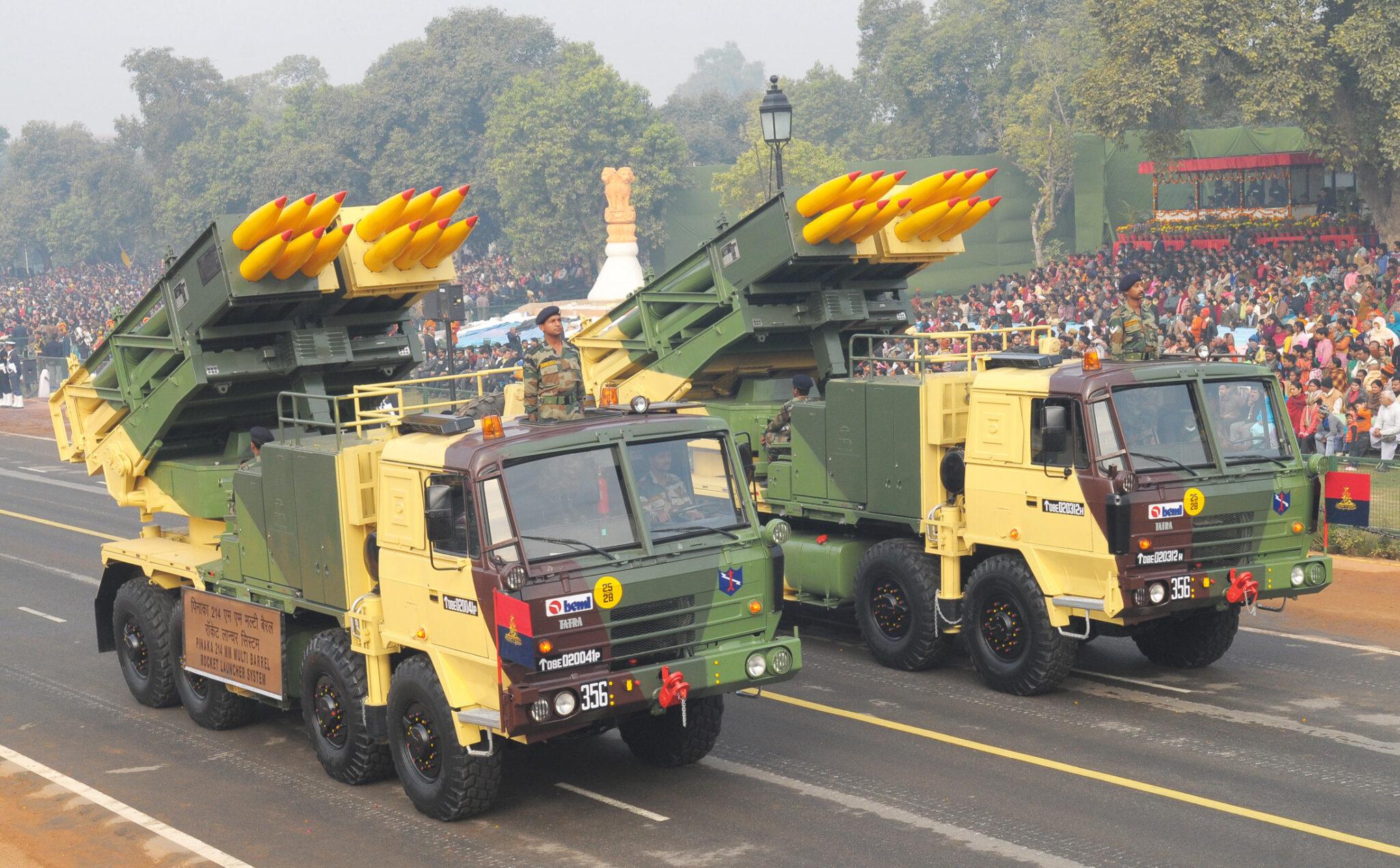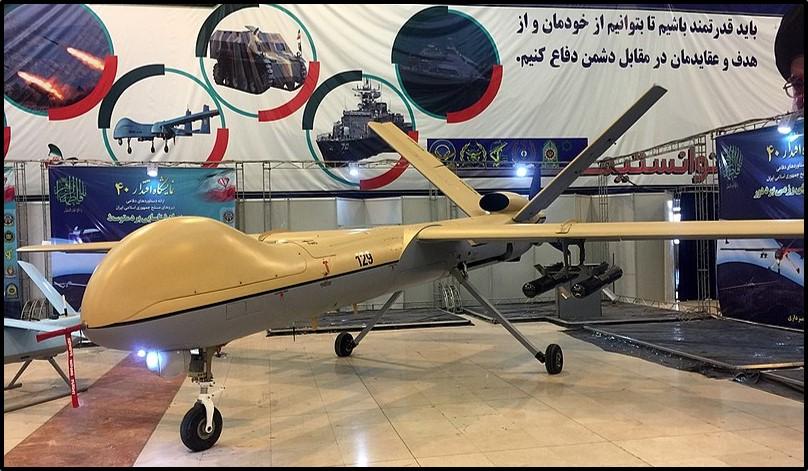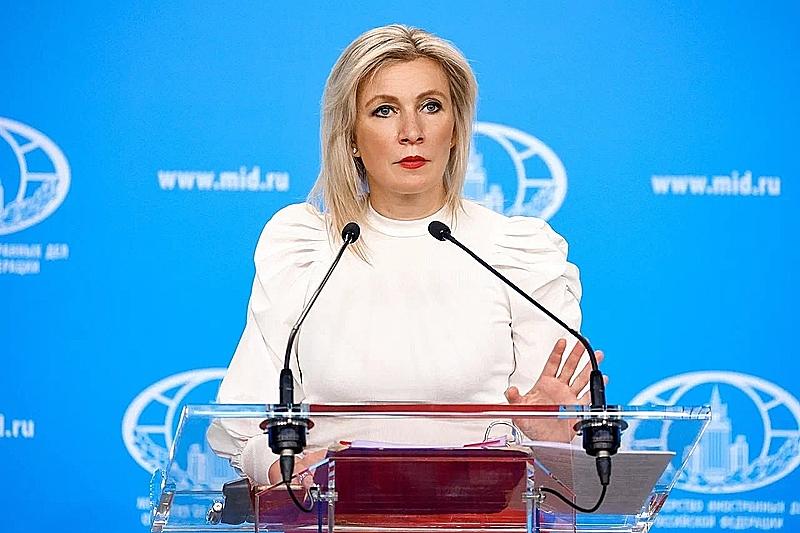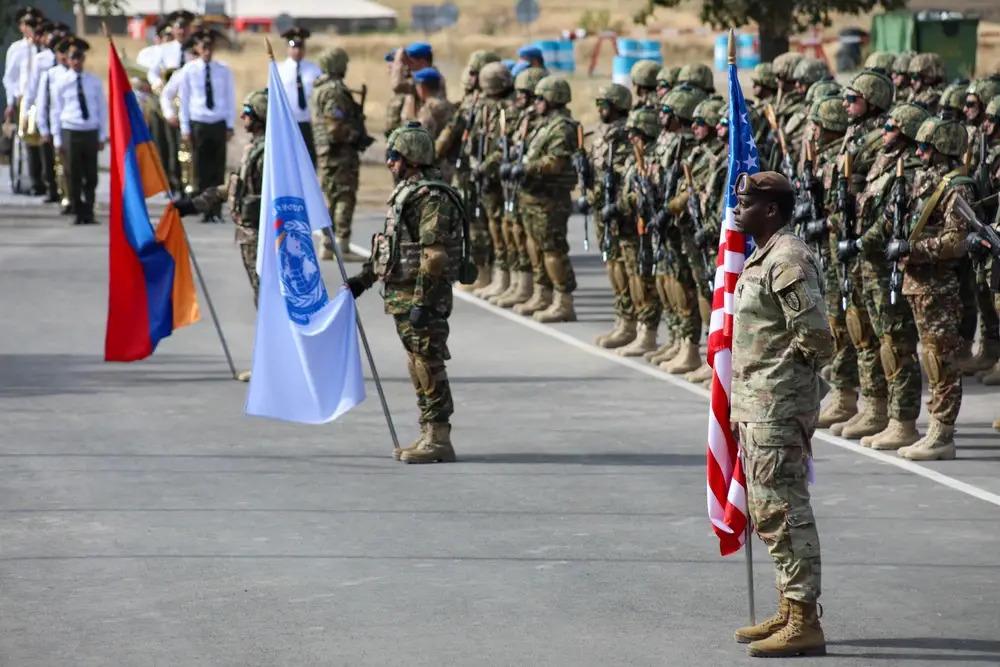Armenia’s fresh arms procurement & possible impact on regional stability Iran said strikes arms deal with Armenia
Reports of Armenia's extensive arms procurement continue to surface, highlighting a substantial shift in the region's military dynamics. Despite claims from within and outside Armenia that its defense capabilities are under threat - particularly from Azerbaijan - evidence suggests a different narrative. The analysis is to dissect the implications of Armenia's escalating armament, which includes significant deals with both Western and Eastern suppliers, and the broader impact on regional stability.
French & Indian arms deals with Armenia
Armenia's recent arms purchases from France and India have sparked considerable concern. This year alone, Armenia has signed an arms agreement worth millions with these countries. The deal with France involves both offensive and defensive weapons, purportedly to enhance Armenia's defense capabilities.
However, the increasing militarization appears to be inconsistent with Armenia’s stated goal of peace with Azerbaijan and Türkiye. Despite official rhetoric advocating for peace, the substantial arms deals raise questions about Armenia’s true intentions.

The purchase from India also reflects a major shift in the region’s arms trade. According to Indian Aerospace Defence News (IADN), Armenia has become the largest buyer of Indian weapons, with a total expenditure of $600 million reported for the fiscal year 2024-25. This influx of weaponry aligns with the broader trend of Armenia’s military build-up, which has included significant acquisitions from various sources.
Iranian arms deal and regional implications
The recent $500 million arms deal between Iran and Armenia is particularly concerning development. This agreement, disclosed in an exclusive report by Iran International, includes advanced military equipment such as drones and air defense systems. Notable among the items supplied are the Shahed series of drones and various air defense missile systems, including the 3rd Khordad and Majid systems.
The scale and nature of this deal have raised eyebrows. Farzin Nadimi, an arms expert from the Washington Institute, noted that such a large-scale deal represents a significant escalation in the region’s military dynamics. The deal also encompasses intelligence cooperation, military training, and establishing military bases in Armenia, indicating a deepening of strategic ties between the two countries.
Meanwhile, the Armenian Defence Ministry described the alleged weapons deal with Iran as 'fictitious and fabricated,' although no official response from Iranian authorities has been traced yet.

Armenia’s defense spending has seen a dramatic increase, with the Ministry of Finance reporting an 81% rise in 2024 compared to 2020. The defense budget for 2024 stands at approximately $1.4 billion, with a significant portion allocated to the Iranian arms deal. This raises questions about Armenia’s financial strategy and potential reliance on loans or other forms of financial assistance to support its military expenditures.
Russia’s role & diplomatic efforts
Russia’s stance on Armenia’s military activities is nuanced. While Russia maintains a position of support for Armenia, viewing it as an ally and a "brotherly country," there is growing concern about the trajectory of Armenian military policy. Kremlin Spokesman Dmitry Peskov has expressed hopes that Armenia will not follow a path similar to Ukraine’s, emphasizing the need for continued cooperative relations.
Russia has also offered to host negotiations between Armenia and Azerbaijan, underscoring its role as a mediator. On July 24, Russian Foreign Ministry Spokeswoman Maria Zakharova reiterated Russia’s commitment to facilitating a balanced peace treaty between the parties. The focus remains on resolving border demarcation issues and fostering a stable security architecture in the South Caucasus.

The impact of US & NATO involvement
The recent joint military exercises between Armenia and the United States, specifically the “Eagle Partner 2024” drills, have added another layer of complexity. These exercises, which involve the Armenian Armed Forces and US Army Europe and Africa, aim to enhance peacekeeping capabilities. However, Russian officials, including Zakharova, have expressed concern that such activities could exacerbate regional tensions and undermine peace efforts.
Zakharova has criticized Western involvement, arguing that it serves to create new fault lines and disrupt the delicate balance in the region. The presence of NATO forces and the imposition of NATO standards on Armenia are seen as attempts to shift the region’s security dynamics away from traditional alliances.

Conclusion
Armenia’s significant military acquisitions and ongoing regional manoeuvres reflect a broader strategic realignment that is causing concern among neighboring countries and international observers. The combination of increased arms purchases from multiple sources, including France, India, and Iran, coupled with rising defense spending and new military alliances, is creating a volatile environment in the South Caucasus.
As tensions continue to rise, the international community must closely monitor these developments. While Armenia’s actions may be driven by a range of factors, including security concerns and geopolitical ambitions, the impact on regional stability and the prospects for peace remain uncertain. The involvement of major powers, including Russia and the United States, further complicates the situation, underscoring the need for careful diplomacy and effective conflict resolution strategies.








